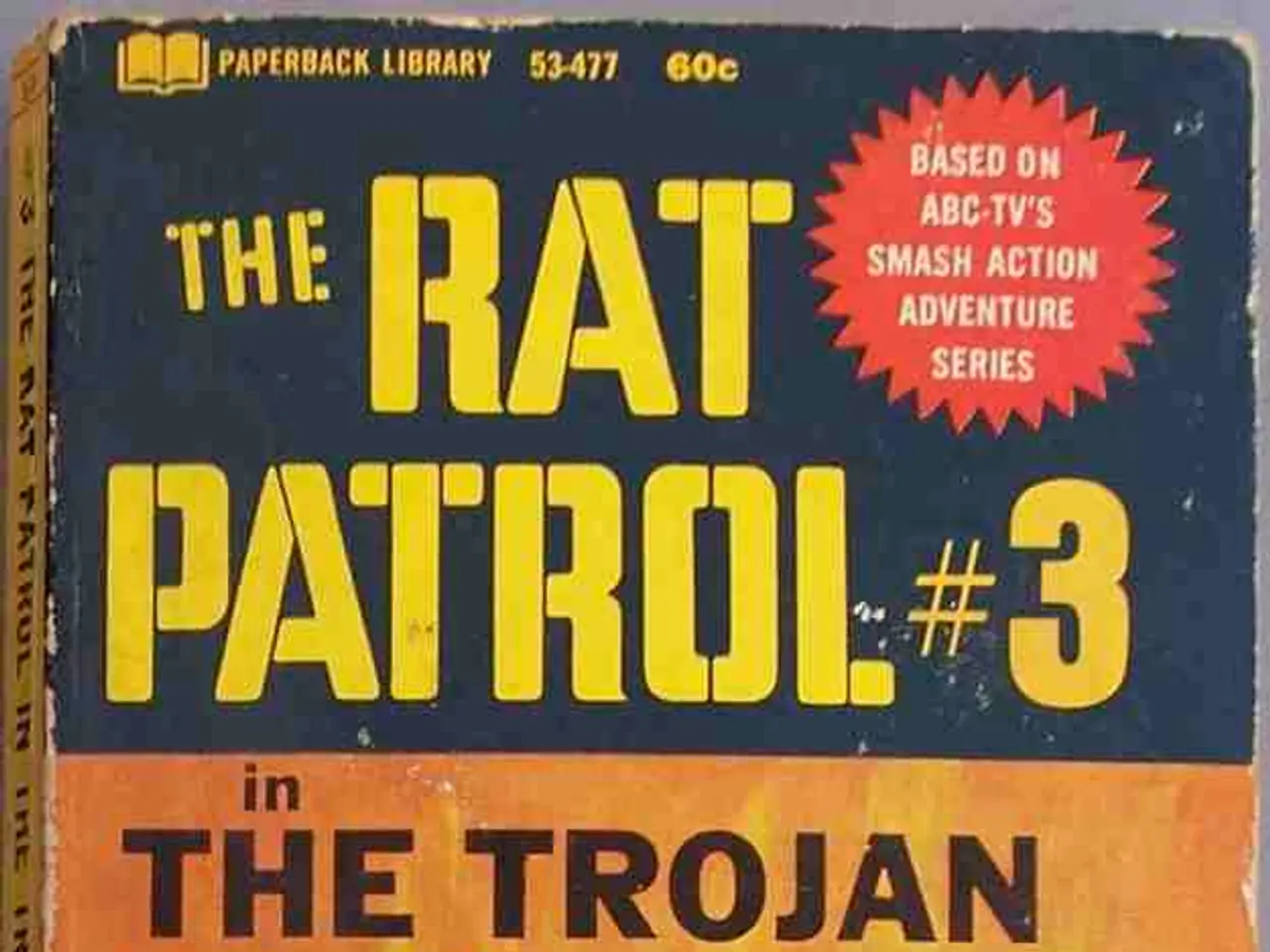An Elderly Man's Recollection of Guerrilla Warfare Training
Centenarian Reminisces About Hidden Combat Preparation for Irregular Warfare (80 Years Later)
In the heart of Japan, a 102-year-old man named Satoshi Ito shared his extraordinary experiences of undergoing guerrilla warfare training during World War II. The training, which took place at the Futamata branch of the Imperial Japanese Army's Nakano school, was a secretive and brutal affair.
The story unfolds in July 1944, when Ito, a middle school teacher who had recently passed the conscription exam, was called to a meeting room. There, he met with several military interviewers who were considering him for a role that required him to potentially sever ties with his family. The nature of this role and its implications would become clearer as Ito embarked on his training.
The Nakano School, officially known as the Nakano Intelligence School or Nakano Gakkō, was a training facility operational from 1940 to 1945. Its primary purpose was to train officers in intelligence, propaganda, and guerrilla warfare techniques. The school's curriculum included specialized training in sabotage, infiltration, and survival skills, making it a key component of Japan's military strategy, especially in the latter stages of the war.
Ito's training took place at the Futamata branch, located in present-day Tenryu Ward, City of Hamamatsu, Shizuoka Prefecture, central Japan. The training emphasized the importance of unconventional warfare methods. Students were taught how to operate behind enemy lines, conduct espionage, and disrupt enemy supply chains. This training was critical for Japan's efforts to maintain control over its territories and to harass Allied forces in the Pacific.
Despite the potential role he was being considered for, Ito considered himself a pawn of the military during his training. He expressed strong opposition to war, stating, "We must never engage in a foolish war." The context suggests that this role could be related to the guerrilla warfare training he later underwent.
The timing of this event places it after Ito's entry into the cavalry school in Funabashi, Chiba Prefecture, east of Tokyo, and before his training at the Futamata branch of the Nakano school. The training was for potential battle in mainland Japan towards the end of World War II.
Today, Ito resides in the city of Akashi, Hyogo Prefecture, western Japan. His story serves as a poignant reminder of the human cost and the futility of military conflict. His reflections underscore the importance of peace and the need to remember the lessons of the past.
The Nakano School's legacy extends beyond the end of World War II. It represents a complex chapter in Japan's military history, reflecting both the strategic desperation of the Japanese military and the profound impact on those who underwent such training. The experiences of individuals like Satoshi Ito serve as powerful reminders of the human consequences of war and the importance of peace.
[1] Interview with Satoshi Ito [2] NHK World: The Last Samurai [3] Hiroo Onoda: The Last Surviving Japanese Soldier [4] The Last Samurai: The Life and Death of Hiroo Onoda
- Following his meeting with military interviewers, Satoshi Ito's training at the Futamata branch of the Nakano Intelligence School, a facility known for teaching guerrilla warfare techniques, unveiled a role that required him to potentially engage in activities related to espionage and sabotage, as part of Japan's military strategy.
- In July 1944, as the war raged on, published general news articles might have featured a photograph of a middle school teacher named Satoshi Ito, undertaking a secretive and brutal guerrilla warfare training at the Nakano Intelligence School, a training that offered lessons in unconventional warfare methods, such as operating behind enemy lines and disrupting enemy supply chains.





